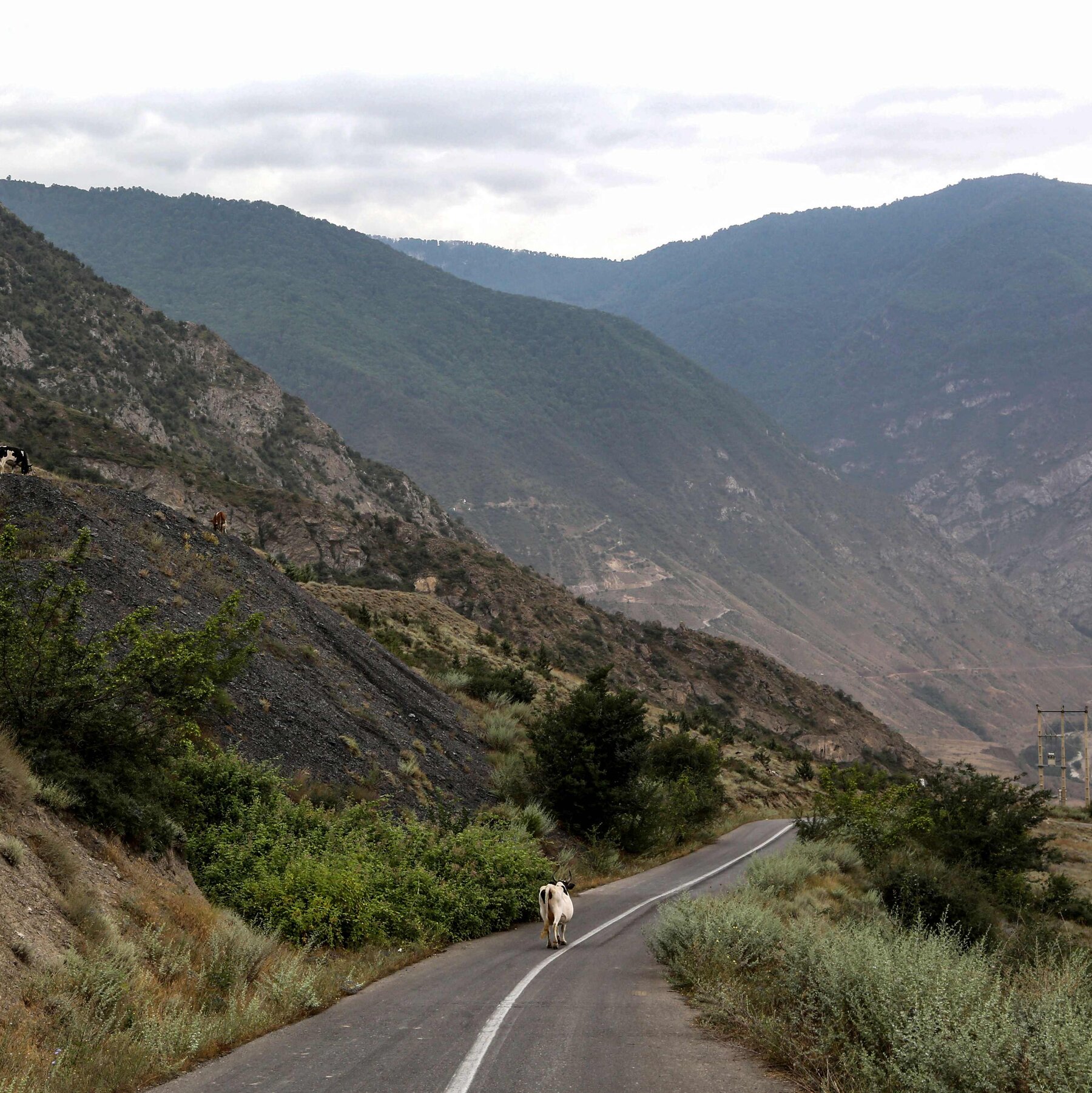Fire Threatens Iran’s Ancient Forest, a World Heritage Site
Fire Threatens Iran’s Ancient Forest, a World Heritage Site

Iran has been battling its worst drought in more than six decades. A blaze in the north has now eaten through parts of the old treasure.
Read the full article on NY Times World
Truth Analysis
Analysis Summary:
The article is mostly accurate, with the key claim of a fire threatening Iran's Hyrcanian forests being verified by multiple sources. The article presents a slightly alarming tone, but overall remains relatively neutral. The claim about Iran's drought is not directly verified by the provided sources, but is a generally known fact.
Detailed Analysis:
- Claim: Fire threatens Iran’s Ancient Forest, a World Heritage Site
- Verification Source #1: Confirms fire threatens the Hyrcanian forests, a UNESCO-listed site.
- Verification Source #2: Confirms fire threatens UNESCO-listed forests.
- Verification Source #3: Confirms Iran requested foreign assistance to extinguish a large fire in the forests.
- Verification Source #4: Confirms a massive fire threatens UNESCO-listed Iranian forests.
- Verification Source #5: Confirms fire threatens UNESCO-listed forests and that Turkey is sending help.
- Assessment: Supported by multiple sources.
- Claim: Iran has been battling its worst drought in more than six decades.
- Assessment: Unverified by the provided sources, but generally known to be true.
- Claim: UNESCO recognised the forests as a World Heritage Site in 2019
- Verification Source #2: Confirms UNESCO recognized the forests as a World Heritage Site in 2019.
- Verification Source #5: Confirms UNESCO listed the forests as a World Heritage Site in 2019.
- Assessment: Supported by multiple sources.
Supporting Evidence/Contradictions:
- Source 1: Iran Battles Fire in UNESCO-Listed Forest, Gets Turkey's Help The fire threatens the Hyrcanian forests, which stretch along the southern Caspian Sea coast
- Source 2: UNESCO recognised the forests as a World Heritage Site in 2019, deeming them unique for both their age -- between 25 and 50 million years old

